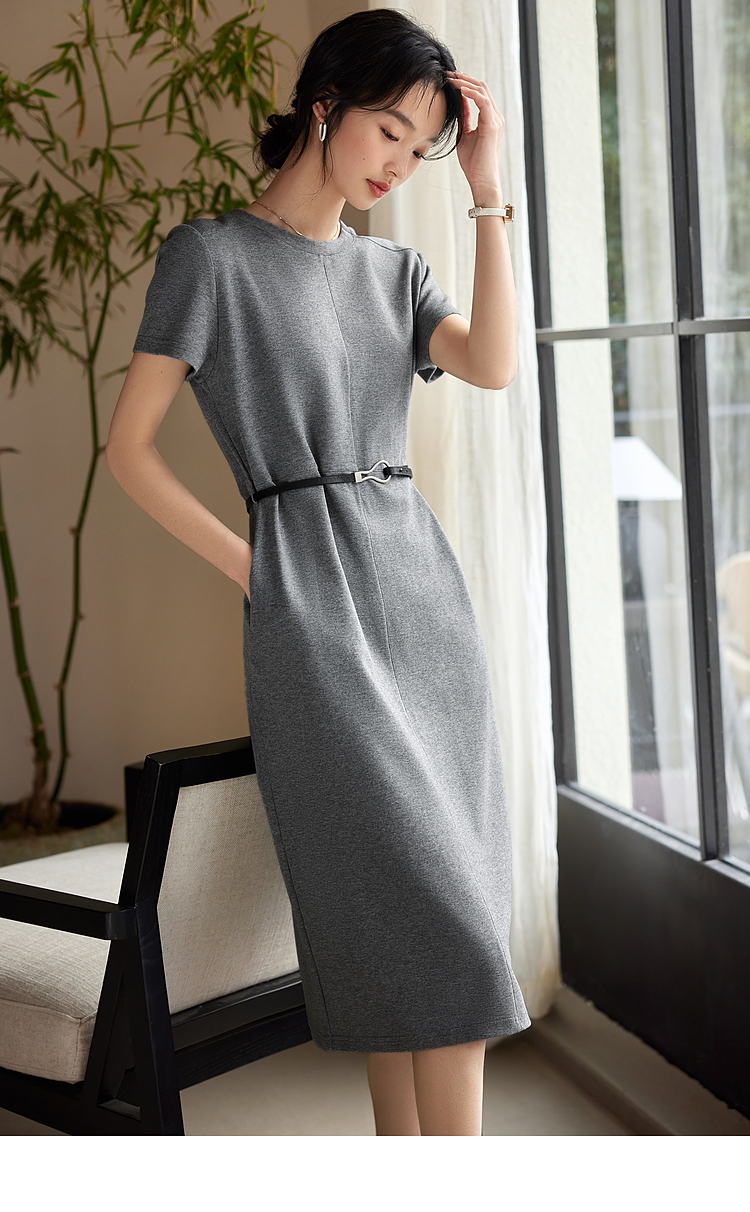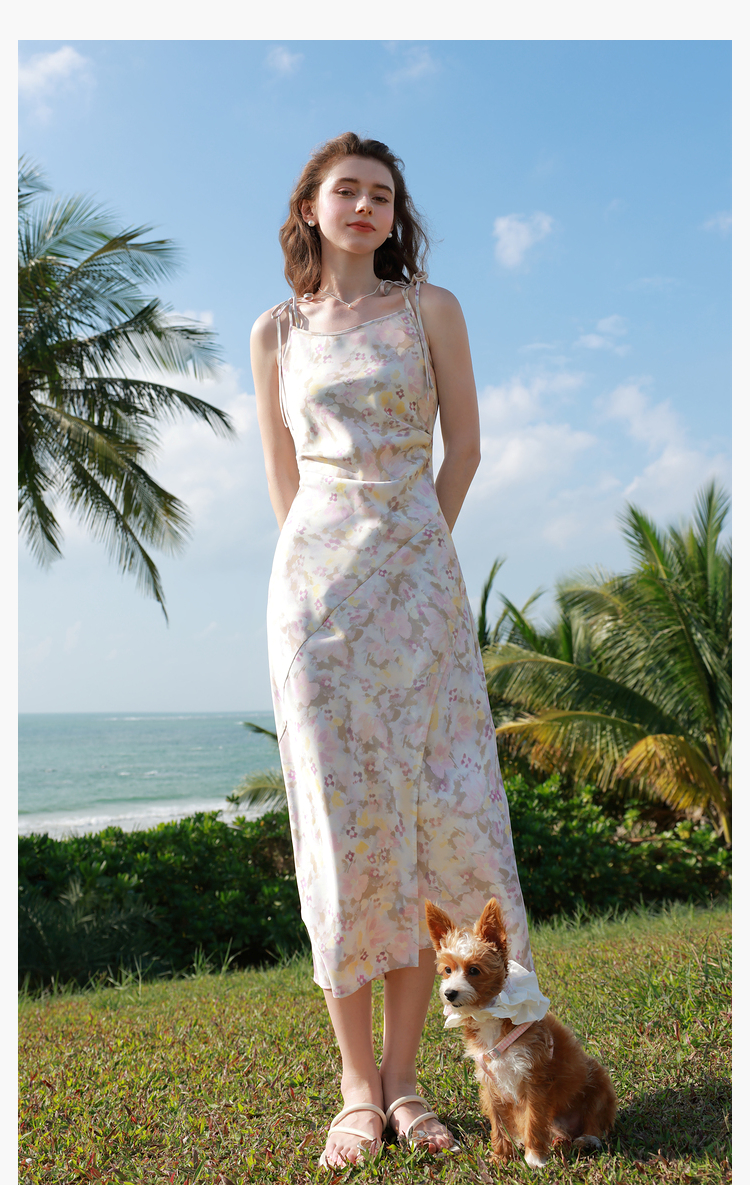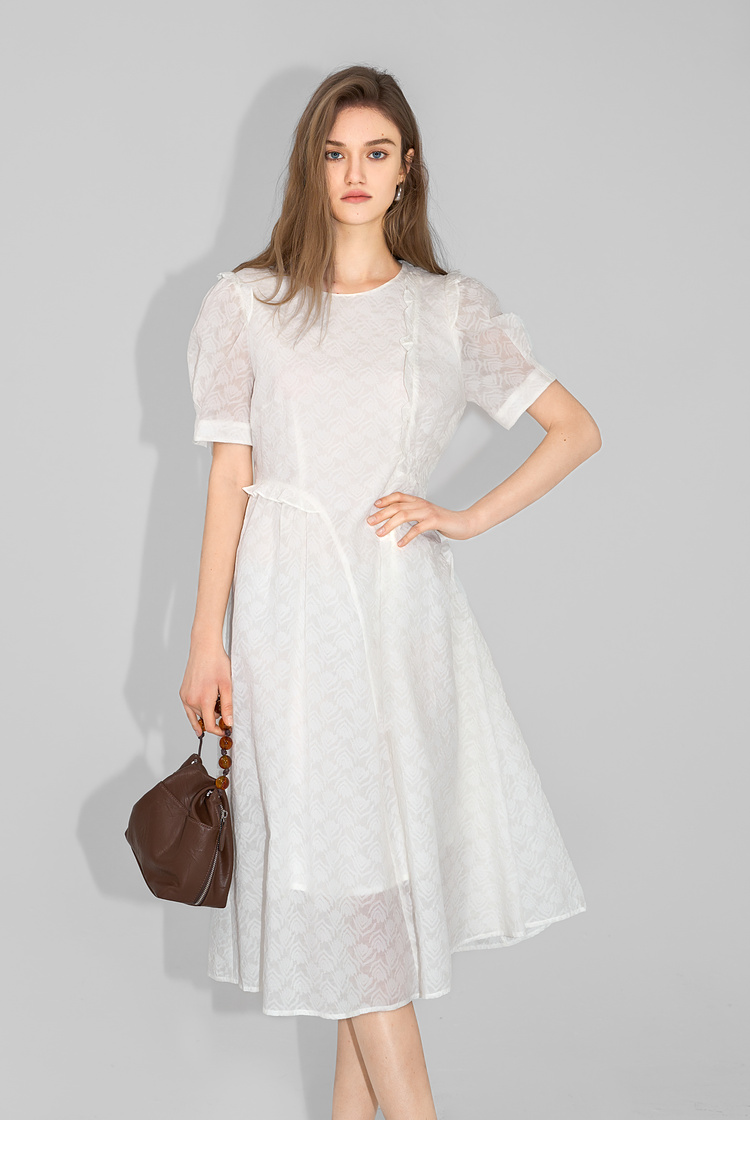Top Indian Clothing Choices for Women’s Style Statement
Indian fashion has always been a vibrant and colorful canvas of cultural diversity and artistic expression. The rich heritage of Indian clothing for women is a testament to the country’s deep-rooted traditions and evolving modern sensibilities. From the elegance of a saree to the comfort of a salwar kameez, each piece of attire tells a story of its own.
Saree – The Timeless Elegance
A saree is more than just a piece of clothing; it is a symbol of grace and sophistication. The six-yard wonder, as it is often called, has been the epitome of Indian women’s fashion for centuries. Its fluid draping style accentuates the feminine form and is often adorned with intricate embroidery and border work. The versatility of the saree allows it to be worn on various occasions, from casual outings to formal events. As a “fashion statement that is both traditional and contemporary”, it has been embraced by women across the globe.
Salwar Kameez – The Comfortable Chic
For those who prefer a more relaxed yet stylish ensemble, the salwar kameez is an ideal choice. This two-piece outfit, consisting of a long tunic and loose-fitting trousers, offers comfort without compromising on style. The salwar kameez has evolved over time, with modern variations like the anarkali and the patiala salwar gaining popularity. It is a favorite among women who seek “a blend of comfort and elegance” in their attire.
Lehenga Choli – The Festive Delight
No festive occasion in India is complete without the sight of a woman adorned in a lehenga choli. This three-piece outfit, comprising a tight-fitting blouse, a long, flared skirt, and a short, fitted jacket, is a favorite for weddings and other celebrations. The lehenga choli is known for its vibrant colors and intricate embellishments, making it a “showstopper in the world of Indian fashion”.
Kurta with Palazzo – The Modern Twist
The fusion of traditional and modern fashion is beautifully captured in the kurta with palazzo. The kurta, a long, loose shirt, is paired with palazzos, which are wide-legged trousers that fall gracefully to the ankles. This combination is a hit among young women who want to make a “trendy yet traditional style statement”. The versatility of the kurta allows it to be worn in various styles, from casual to semi-formal.
Dhoti – The New Wave
Breaking away from conventional norms, the dhoti has made a comeback in the world of women’s fashion. Originally a men’s garment, the dhoti has been reimagined for women, offering a unique and chic style option. The modern dhoti for women is often paired with a stylish blouse or a fitted top, making it a “fashion-forward choice for the bold and daring”.
In conclusion, Indian clothing for women is a rich tapestry of styles and traditions that have stood the test of time. Each piece, from the saree to the dhoti, offers a unique way to express one’s individuality and make a statement. Whether it’s for a traditional occasion or a modern gathering, indian clothes for women provide a plethora of options to suit every taste and preference.







Lehenga cholis are stunning, but they can be quite expensive. The intricate designs and high-quality fabrics make them a luxury item. However, they are definitely worth the investment for special occasions.
I’m a retiree who loves traditional wear, and the saree will always hold a special place in my heart. It’s timeless, elegant, and makes me feel connected to my roots. Indian clothes for women are truly a treasure.
The dhoti is a refreshing change from the usual Indian wear options. It’s a bold choice that requires confidence to pull off, but it’s definitely worth it for the unique look. It’s a great way to stand out in a crowd.
I’m a fashion blogger who loves to explore different cultures through clothing. The salwar kameez is one of my favorite Indian outfits. It’s comfortable, stylish, and perfect for both casual and formal events. I love how it can be customized with different fabrics and designs to suit different tastes.
The dhoti is a refreshing change from the usual Indian wear options. It’s a bold choice that requires confidence to pull off, but it’s definitely worth it for the unique look. It’s a great way to stand out in a crowd.
The salwar kameez is my go-to outfit for comfort and style. I love how versatile it is, especially the anarkali style which adds a touch of royalty to any ensemble. It’s perfect for both casual and formal occasions, making it a staple in my wardrobe.